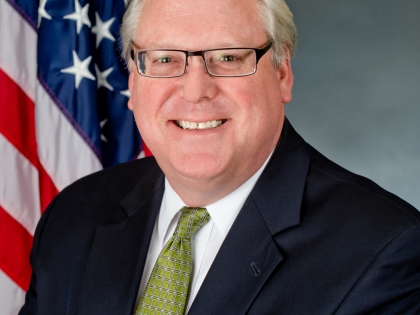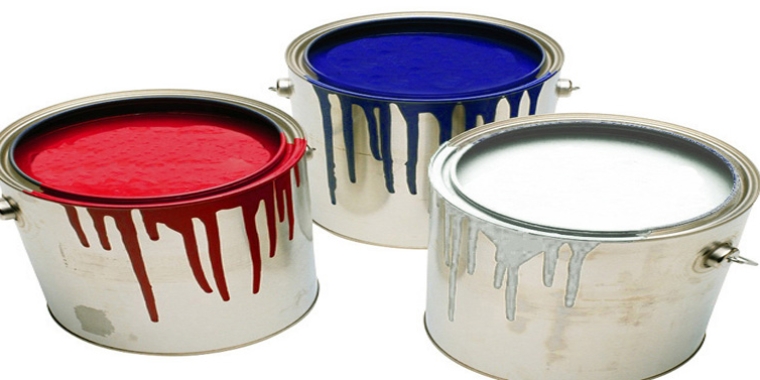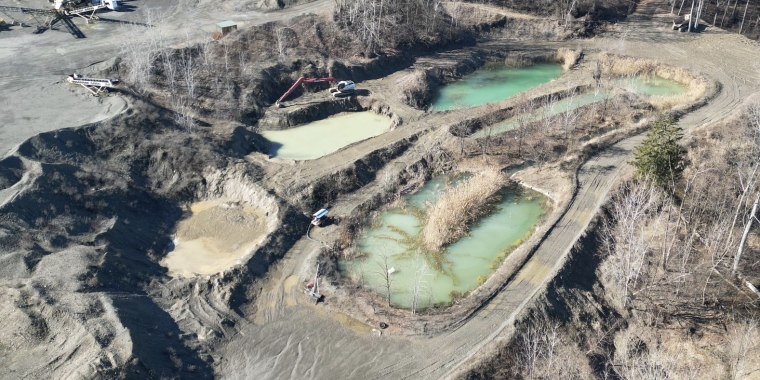
O’Mara will reintroduce 'Paint Stewardship’ and ‘Solar Panel Collection" legislation in 2019: Says measures would cut costly burden on local governments and landfills, foster government-industry cooperation
December 12, 2018
-
ISSUE:
- recycling

Elmira, N.Y., December 12—State Senator Tom O’Mara (R,C,I-Big Flats) today said that he would reintroduce legislation in 2019 to establish an industry-sponsored “Paint Stewardship Program” and “Solar Panel Collection Act.”
“These measures exemplify how much we can accomplish by working together with industry on important environmental concerns. Seeking common ground and cooperation, rather than government cramming unreasonable demands down the throat of industry, can help make New York State more business-friendly and actually result in better, more workable laws,” said O’Mara, who has served as Chair of the Senate Environmental Conservation Committee since 2015. “Working together can go a long ways on reaching an end result on other important issues that would benefit our state fiscally, economically, and environmentally. I’m hopeful that the Senate will once again approve this legislation and that the Assembly Democratic leadership will give these concerns the attention they deserve in 2019.”
O’Mara said that the Paint Stewardship Program, which the Senate has enacted with strong bipartisan support for the past three years, would reduce a costly burden on local governments that are currently responsible for collecting and disposing of most post-consumer, unused paint. He said the legislation would create local jobs, provide relief to local property taxpayers, and encourage environmentally sound recycling and disposal of unused paint in New York State.
The national Product Stewardship Institute (www.productstewarship.us) has estimated that approximately 3.1 million gallons of paint go unused each year in New York State -- with the costs of collecting and managing the paint’s disposal mostly falling on local governments. Under O’Mara’s legislation, through which paint manufacturers would be responsible for managing the recycling and disposal of unused paint, local governments would save approximately $25 million annually.
The measure has drawn the support of a range of environmental advocacy organizations, paint industry representatives, and municipal agencies. The joint, bipartisan New York State Caucus of Environmental Legislators has identified it as a priority in the past. In addition to reduced costs on local taxpayers, O’Mara said, a Paint Stewardship Program will create convenient recycling opportunities and green sector jobs, reduce disposal in favor of recycling, and result in less waste as consumers will become smarter and more efficient shoppers for paint.
States that have implemented comparable programs are showing impressive results. Oregon has collected and recycled over 1,000,000 gallons of paint since implementing its program in July 2010. California launched its program in 2012 and has over 350 new collection locations accepting paint for recycling.
The “Solar Panel Collection Act” would establish a solar panel recycling and disposal program in New York State. It would require the state Department of Environmental Conservation (DEC), working with solar panel manufacturers, to develop a program for the collection, transportation, recycling and disposal of out-of-service solar panels. Manufacturers would finance the program.
O’Mara said, “As New York State continues to aggressively move forward on developing and utilizing renewable energy, and we should, it’s important to cover all the bases. This includes staying ahead of the potential need to collect and properly dispose of or recycle out-of-service solar panels. This legislation offers a commonsense, proactive, economically and environmentally sound approach to managing photovoltaic waste and keeping it out of landfills.”
O’Mara noted that the state’s Clean Energy Standard establishes the goal of obtaining 50% of the state’s energy needs by 2030. Solar-generated electricity will be a cornerstone of meeting this goal.
Supporters of the legislation caution that the immense growth of the solar energy industry in New York State and nationally could produce a significant amount of photovoltaic (PV) waste. Solar panels contain materials and rare metals valuable for reuse, and the proper and responsible recycling of the panels will help keep them out of landfills.
Most manufacturers offer a 20- or 25-year standard solar panel warranty.



